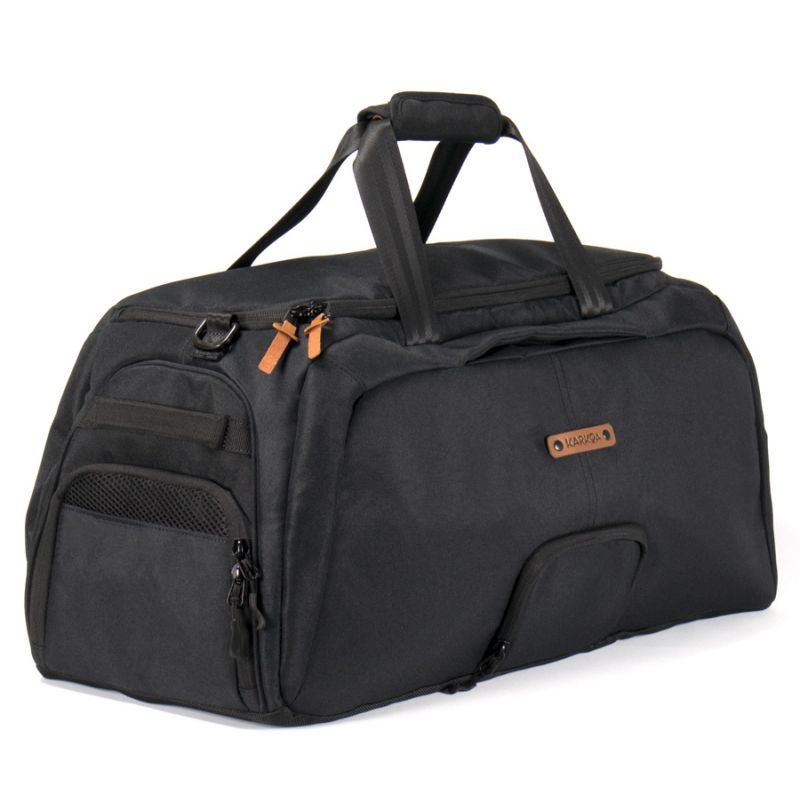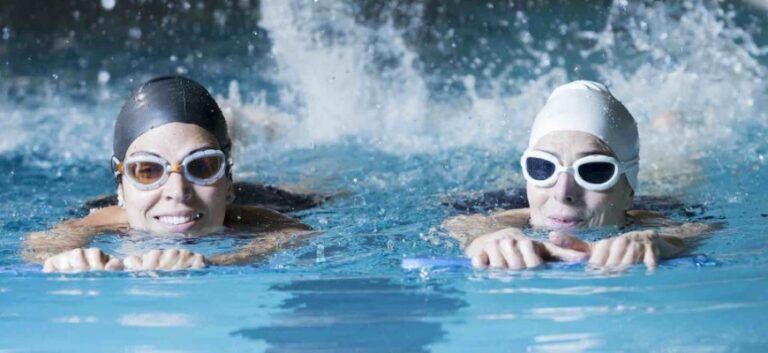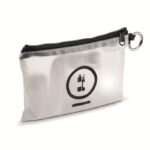As with any other physical activity, swimming requires a time of preparation before the effort begins: this is the swimming warm-up. A very important stage, the warm-up has an impact on swimming quality. It must therefore comply with certain rules.
Why warm up for swimming?
Every swimmer must warm up before swimming because it is their duty to prepare their body for the effort they are about to make. The warm-up is very beneficial for the swimmer in that it allows him to relax and loosen his muscles. In doing so, he makes a light transition that encourages muscle hydration. This step reduces the risk of injuries or muscle tears.
What’s more, the shoulder, knee and ankle joints are put under the most strain during movement. Warming up therefore helps to make them more flexible and facilitate the swimmer’s movements. Also, a good warm-up session increases the resistance of the heart. By warming up, swimmers gradually increase their heart rate, thereby increasing their swimming time.
A longer swim time is also synonymous with good performance. In other words, a good workout gives the swimmer good stamina, which will enable them to cover longer distances. Finally, warming up promotes a better grip in the water and reduces pain at the end of the session. This helps you recover more quickly.

Which parts of the body should you warm up for greater efficiency?
While it’s true that all parts of the body come into action during swimming, the fact remains that the effort on certain areas needs to be more accentuated during the warm-up. On these various parts, some rotational movements are necessary to prime the muscles and give them flexibility.
By performing rotations on the wrist, this acts on the hands that do most of the swimming movements. Then, circular movements on the neck make it easier for the nape to move back and forth as the head comes out while swimming. As for the shoulders, they should be lightened by alternating forward and backward arm rolls.
For the lower part of the body, it’s vital to accentuate exercises in the knees, ankles and pelvis. To do this, exercises such as knee-chest, hopping on the spot or pelvic rotations can be performed for a few seconds during the warm-up.
Furthermore, these specific movements alone do not constitute the entire warm-up. They are just a complementto the more complete exercises done out of the water or in the pool before swimming.
How to warm up: Examples of dry and wet swimming warm-ups
Having stimulated the specific muscles mentioned above, it’s now time to get down to the nitty-gritty of warming up through a number of manoeuvres. These can be performed eitherdry i.e. out of the water, or inside the pool.
Dry swimming warm-up
The exercises practised outside the water are designed to optimise the swimmer’s prowess, increase body temperature and make muscles as supple as possible. To achieve these goals, swimmers can perform the following movements:
- Turn your head anti-clockwise and counter-clockwise while keeping your torso upright.
- Using a towel, hold both arms straight out and swing your head back and forth.
- For about 15 seconds, turn your pelvis in a wide circular motion.
- Rotate your arms backwards and forwards for 20 seconds in each direction.
It’s worth remembering that a dry warm-up should be done just before diving into the water, as you don’t want the body temperature you’ve built up through exercise to drop.
Warming up for swimming in the water
In terms of minutes, the warm-up time in the water depends on the amplitude of the session. On average, it’s recommended to warm up in the water for10 to 15 minutes for a60-minute swimming session.
The warm-up in the water begins with a 200 m cycle using the crawl movement. This exercise allows you to get your bearings and execute your strokes properly. Next, you need to complete another 100 m cycle doing so-called “frôlé ” and “rattrapé ” crawls. In the first case, care must be taken to keep the fingers on the surface of the water when the arm is out of the water. In the second case, the two arms do not perform the full-length crawl simultaneously. When one arm is extended, the other performs the movement and at the end of the distance, you need to alternate.
However, during the warm-up in the water, make sure you sequence the swimming strokes (front crawl, breaststroke, butterfly, back crawl) every 100 m. For good breathing control, it’s advisable to take your head out of the water after 3, 5 and 7 crawl strokes over 100 m. To finish the exercises in the water, perform 50 m of backstroke twice with an acceleration on the final 25m.
How do you warm up before a competition?
In the context of a competition, the duration of the warm-up must be more consequential. In addition to the usual warm-up exercises, the swimmer should add exercises such as pumps, gainages(stomach, ribs and back) squatsand abdominals. He should also work on sprints to improve his speed, turns and plunging starts.
Just as important as physical preparation, mental and psychological preparation is essential for a competition. It consists of relaxation exercises to enable the swimmer to concentrate and better manage their stress. Preparing mentally helps the swimmer to cope better with pressure and be ready for all eventualities.
Before any swimming activity, it’s vital to warm up in order to prepare your body properly. Whether dry or in the water each of the preparation exercises has its importance. They should therefore not be neglected by the swimmer at the risk of muscular injury, fatigue, poor performance and other dangers. Finally, the intensity of the swimming warm-up must be adapted to each swimmer depending on whether they are a child or an adult.
The right tip for swimmers
Have you heard of the Karkoa swim bag? Perfectly suited to swimmers, Karkoa’s compartmentalised bags keep your swimming gear separate from your computer and work stuff. The waterproof bag keeps the wet out of the dry! Discover our full range of smart sports bags…


















